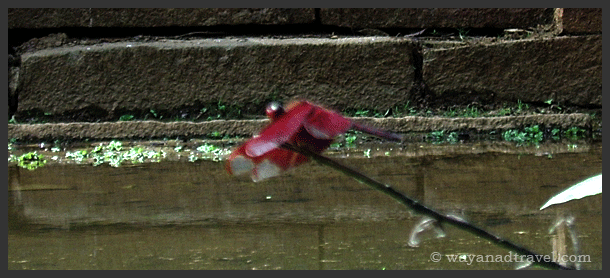The flora of Wayanad are characteristic of the Western Ghats and the plantation crops grown in the cool climate. A major portion of the district is covered by coffee. Trees of the wild type like rose-wood, anjili (Artocarpus), mullumurikku (Erthrina), several species of caussia and many other non-descrip varieties are still preserved here and there, to give shade to the coffee plants. The flora of Wayanad is distinctive because of The Western Ghatsthe Western Ghats and because of the plantation crops that are grown in the cool climate. A major portion of the district is enclosed by “Coffee” Trees of the wild type like rosewood, anjili or Artocarpus, mullumurikku or Erthrina, several species of caussia and many other non-descriptive varieties are still preserved here and there; the main purpose behind this is to give shade to the coffee plants.
These trees give a re balance of wilderness to the landscape of Wayanad. In a majority of coffee plantations, the age-old species are replaced by the silver-oak which is suited to the cold climate. This tree grows quickly and its cultivation is widespread among coffee plantations for shade and for giving support to pepper. The soil and climate of Wayanad are suitable for horticulture on commercial basis. For promoting the cultivation of vegetables and rising of orchards, the Kerala Agricultural University is running a Regional Agricultural Research Station at Ambalavayal.
It is used for the plywood industry and thus is economical to the farmers. Eucalyptus grandis, a shorter variety of eucalyptus, whose fragrant smell suffuses the very air around it, is cultivated on a large scale in certain parts of the district. Eucalyptus oil is extracted on commercial basis from its leaves. Of the 20,864 hectares of reserve forest, the major portion is teak plantation. Areca nut palms and jack trees are also grown here. Tea is grown as an industry in large estates. The soil and climate of Wayanad are suitable for horticulture on commercial basis.
With the clearing of forests, the diverse and buzzing animal life, characteristic of the forests of Western Ghats, has vanished from Wayanad. But you can still see the bonnet monkeys, loris, mongooses, jungle cats, squirrels, jackals, hares, etc. in the limited forest areas. Elephant bear and other wild animals from the neighboring wild life sanctuaries of Karnadaka and Tamil Nadu, stray into the Begur forest range and the forests around Muthanga, which is 20 kilometers away from the town of Sulthan Bathery.

